The Weekly: Our most important stories from last week
The Weekly is a brief look back at the most consequential news from last week with a view to putting them in context. Published every Monday, The Weekly retells each of the selected stories, adds a little perspective, and gives directions as to where things may be headed.
Last week (January 19 to 26, 2020) was one of usual political tensions, global and national, but what may be a health emergency in the form of a potentially lethal disease originating in China also made headlines.
[1]
Iran threatens to ditch NPT, Europe changes posture
The three European parties to the Iran nuclear deal said almost two weeks ago that they were triggering a dispute resolution mechanism designed under the agreement itself that could potentially lead to the return of the United Nations Security Council sanctions against Iran. They did that after the US President Donald Trump administration threatened them with American tariffs of 25 percent on imports of European cars.
And they did that in spite of the fact that Iran was downgrading its commitments — based on articles of the deal itself — because the US had failed to “make best efforts in good faith to sustain this JCPOA [the nuclear deal] and to prevent interference with the realisation of the full benefit by Iran of the sanctions lifting specified” in the deal.
So, it was to be expected that Iran’s response was forceful. On Monday, January 20, 2020, Iran’s Foreign Minister Javad Zarif, who had been Iran’s chief negotiator of the deal, threatened that the country would abandon the nuclear Non-Proliferation Treaty (NPT) if the Europeans abused the trigger resolution mechanism in such a way as to bring about the return of the UN sanctions on Iran. (Leaving the NPT would mean that Iran could kick out international inspectors, who currently have an access to the Iranian nuclear program that is beyond the NPT’s normal monitoring regimes.)
Shortly after that threat, The Wall Street Journal reported that the Europeans did not aim to trigger the so-called snapback of the sanctions on Iran and would rather seek to buy time by launching talks under the resolution process and carrying it well past its normal timeline.
And European foreign policy chief Josep Borrell seemed to confirm that reporting when he said talks with Iran under the dispute resolution mechanism would be launched with an “extended” timeline.
It is not clear what the European endgame is. The Wall Street Journal said Europe sought to “buy time to start direct talks between the U.S. and Iran.” Iran would be very unlikely to talk to the Trump administration — which will be in office until at least year end — because of its many provocations against Tehran. And the Journal also said “European diplomats don’t expect Iran to reverse course and privately say they are prepared to tolerate those steps.” The question then is why bother to go through the process at all.
(And in a twist, Mr. Trump used those very same tariffs to threaten the Europeans over a totally different matter last Wednesday. Mr. Zarif had presciently warned that by caving in to Mr. Trump’s threats, the Europeans would be “only whetting his appetite.”)
[2]
US threatens to assassinate another Iranian general
Early this month, the US military assassinated Iranian Lieutenant General Qassem Soleimani. That was an act of provocation that shook the Middle East and threatened to push the region to a multi-front war. But war didn’t come because the US stood down after a first round of Iranian retaliation.
Still, that did not mean the US had learned from its mistakes. On Thursday, January 23, 2020, the US threatened to kill another Iranian general: Mr. Soleimani’s successor, Brigadier General Esmail Qaani.
It is hard to overestimate the implications of a potential second assassination. An Iranian revenge attack for the previous murder has given 34 US troopers traumatic brain injuries, according to the Pentagon. Mr. Trump, who had initially said no US personnel had been injured, has attempted to downplay those injuries by referring to them as “headaches.” If it attempts to assassinate another Iranian official, the US will likely have to brace for many more, and many more serious, “headaches.”
[3]
Polar opposite views emerge at Trump’s impeachment
Mr. Trump’s impeachment trial for high crimes and misdemeanors started at the US Senate on Tuesday, January 21, 2020.
On the first day of the trial, the Senate, where there are 53 Republicans compared to 45 Democrats and two independents, consistently blocked Democratic attempts to call in witnesses and documents, although another vote on witnesses and documents is expected later.
Before the resolution that set the ground rules of the trial effectively according to Mr. Trump’s liking was adopted at the Senate, Minority Leader Chuck Schumer called that resolution — tabled by Majority Leader Mitch McConnel — “a national disgrace.”
“On something as important as impeachment, McConnell’s resolution is nothing short of a national disgrace. And it will go down in history as one of the very dark days of the Senate,” Mr. Schumer said.
The prosecution team, known as the House managers, wrapped up three days of arguments on Friday, when House Representative Jerrold Nadler called the US president “a dictator” and Representative Adam Schiff memorably said Mr. Trump had to be convicted and removed from office “because right matters” in an impassioned speech that has gone viral since.
And on Saturday, Mr. Trump’s defense lawyers began presenting their case against conviction. The lawyers opened their arguments attempting to use an accusation by the Democrats against themselves, claiming that the prosecution sought to “interfere” in the upcoming presidential election in the country by attempting to remove Mr. Trump. The prosecution team has famously accused Mr. Trump of trying to “cheat” in the election by seeking help from Ukraine to investigate his political rival, former Vice President Joe Biden, the very conduct for which the US president is now being tried at the Senate.
Like the prosecution team, the defense lawyers will have 24 hours, divided over three days, to make their arguments. But they spent only two of the allocated hours on Saturday so that the Senate could adjourn for the weekend.
Once the defense presentation is over, the Senators will have 16 hours to present questions, in written form, to the two sides and deliberate. The Senate will then consider any motions to dismiss the case or to call witnesses and documents. To do the latter, Democrats need four Republican votes at the Senate. And some Republican Senators have said they are open to calling witnesses and documents, even though they blocked attempts to do just that at the beginning of the trial.
But if no testimony or documents are demanded, Senators will vote for final arguments. Two-thirds of the Senators should vote for conviction or acquittal to take place, and Mr. Trump is likely to easily win exoneration in the Republican-controlled Senate. As such, the entire trial could be expected to finish by early February.
[4]
A mystery virus may be coming to you from China!
And the health scare that grabbed the world’s attention this week: a mysterious, potentially deadly virus that has originated in China is spreading globally. China has locked down several cities housing millions of people, including Wuhan, where the virus is believed to have sprung into existence, and many other countries have been applying screening measures at airports, but it was unclear how much those measures were helping prevent the disease’s spread.
As of Sunday, 56 people had been confirmed dead, and nearly 2,000 others infected with the virus, but those tallies were bound to increase.
Infections have already been confirmed in Singapore, South Korea, Japan, Thailand, Malaysia, Vietnam, Nepal, Canada, Australia, France, and the United States. The disease, which has symptoms similar to pneumonia but is much stronger than that, has no cure yet, and no vaccination has been developed for it either.
While the World Health Organization (WHO) has refused to declare a health emergency, the virus seems to be creating one, and deaths and infection cases are likely to keep increasing in the coming days, if not weeks.
Stay advised!
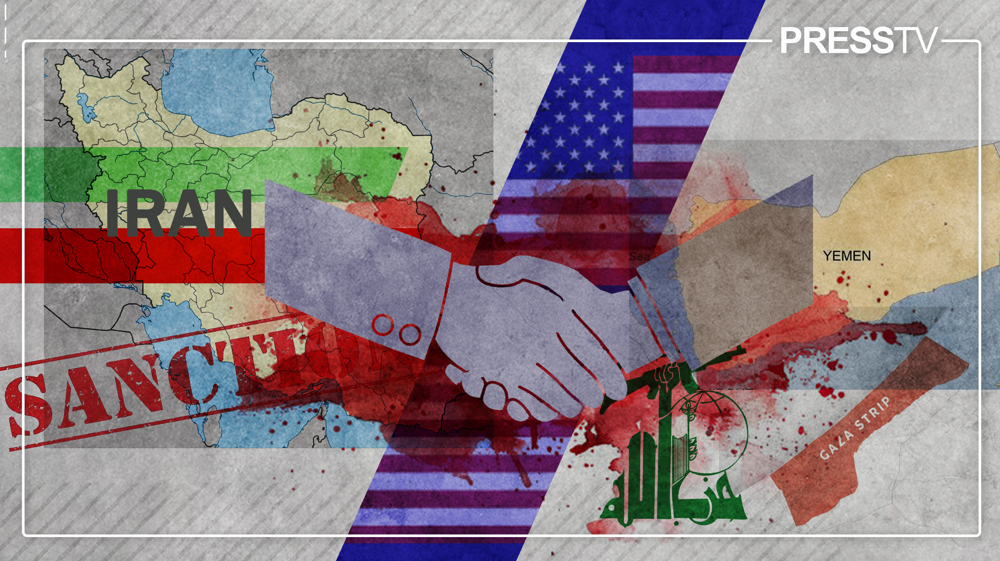
Maximum pressure, minimal results: Why US plots against Iran and its allies backfire

Blazing truth: Fires expose Zionist pillage of Palestinian lands since 1948 Nakba
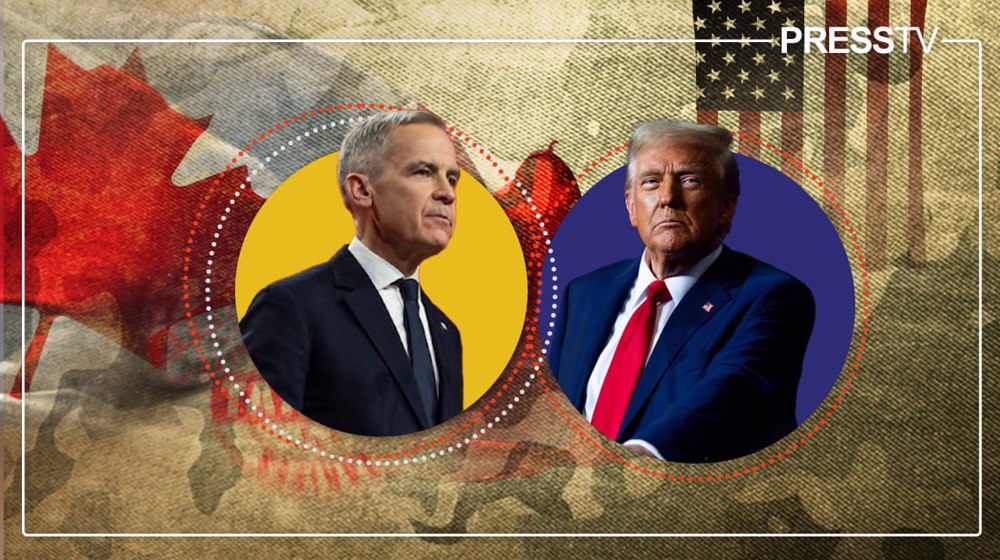
How Canada's Carney rode anti-Trump wave to win election, stir reawakening
‘US sanctions targeting civilian lives; Washington’s mala fide intent proven many times’
VIDEO | Southern Levantine fault lines
Gaza aid Freedom Flotilla attack
Palestinian poet wins Pulitzer Prize for commentary on sufferings of Palestinians amid genocide
Palestinians ‘legally entitled’ to armed resistance against Israeli occupation: Hamas
When feeding the starving becomes a crime: Gaza blockade and bombed aid ships
VIDEO | Yemen strikes heart of Israeli entity
‘Sadistic assault’: Israeli settlers storm al-Aqsa Mosque as regime escalates West Bank raids


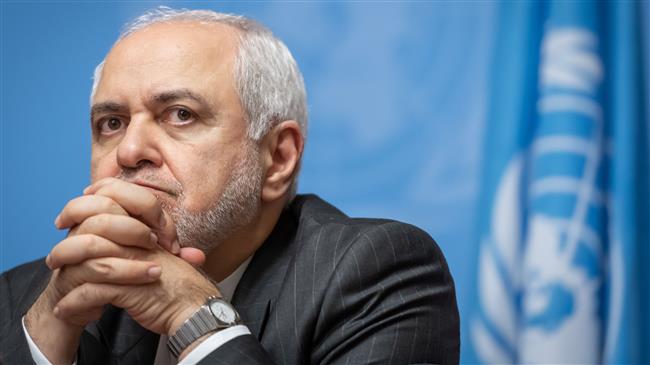









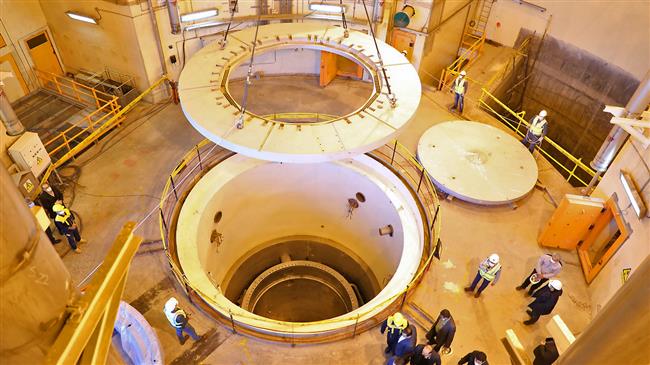
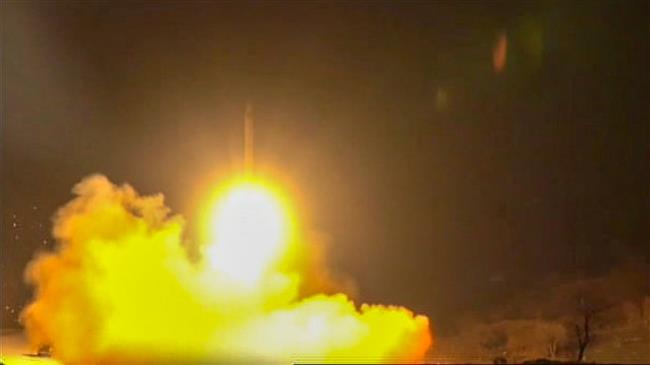


 This makes it easy to access the Press TV website
This makes it easy to access the Press TV website